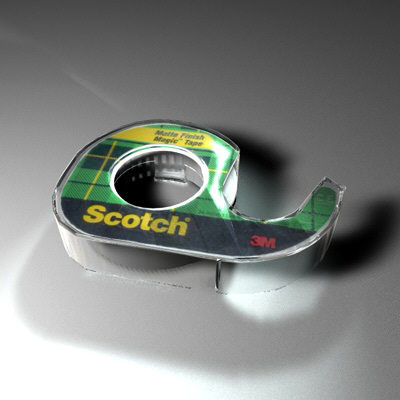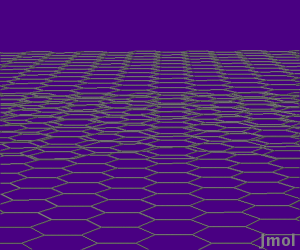In 2004 physicists from University of Manchester and Institute for Microelectronics Technology, Chernogolovka, Russia, found a way to isolate individual graphene planes by peeling them off from graphite with Scotch tape.  They also measured electronic properties of the obtained flakes and showed their fantastic quality. In 2005 the same Manchester group together with researchers from the Columbia University demonstrated that quasiparticles in graphene were massless Dirac fermions. These discoveries led to the explosion of interest in graphene. Graphene produced by exfoliation is presently one of the most expensive materials on Earth, with a sample that can be placed at the cross section of a human hair costing more than $1,000 as of April 2008 (about $100,000,000/cm2). On the other hand, the price of epitaxial graphene on SiC is dominated by the silicon carbide substrate price which is approximately $100/cm2 as of 2009. This is about 1,000,000 times cheaper than exfoliated graphene. Even cheaper graphene produced by transfer from Ni. Korean researchers reported 20" graphene wafers. They also measured electronic properties of the obtained flakes and showed their fantastic quality. In 2005 the same Manchester group together with researchers from the Columbia University demonstrated that quasiparticles in graphene were massless Dirac fermions. These discoveries led to the explosion of interest in graphene. Graphene produced by exfoliation is presently one of the most expensive materials on Earth, with a sample that can be placed at the cross section of a human hair costing more than $1,000 as of April 2008 (about $100,000,000/cm2). On the other hand, the price of epitaxial graphene on SiC is dominated by the silicon carbide substrate price which is approximately $100/cm2 as of 2009. This is about 1,000,000 times cheaper than exfoliated graphene. Even cheaper graphene produced by transfer from Ni. Korean researchers reported 20" graphene wafers. |
Take a graphite geometry of any kind. Do not care about AB stacking, just increase the spacing between the layers to infinity. Size matters, the bigger, the better.

In our DFT calculations with VASP a good approximation of infinity was about 10Å. If you increase your system size too much, you will end up with a messy vacuum problem. Check out the LOCPOT file in case of this kind of trouble.
Another method is, simply write down the Dirac equation and solve them for the desired boundary conditions, and resell anything done 50 years ago. This method works very well at least for the last 5 years.
|
Recent comments